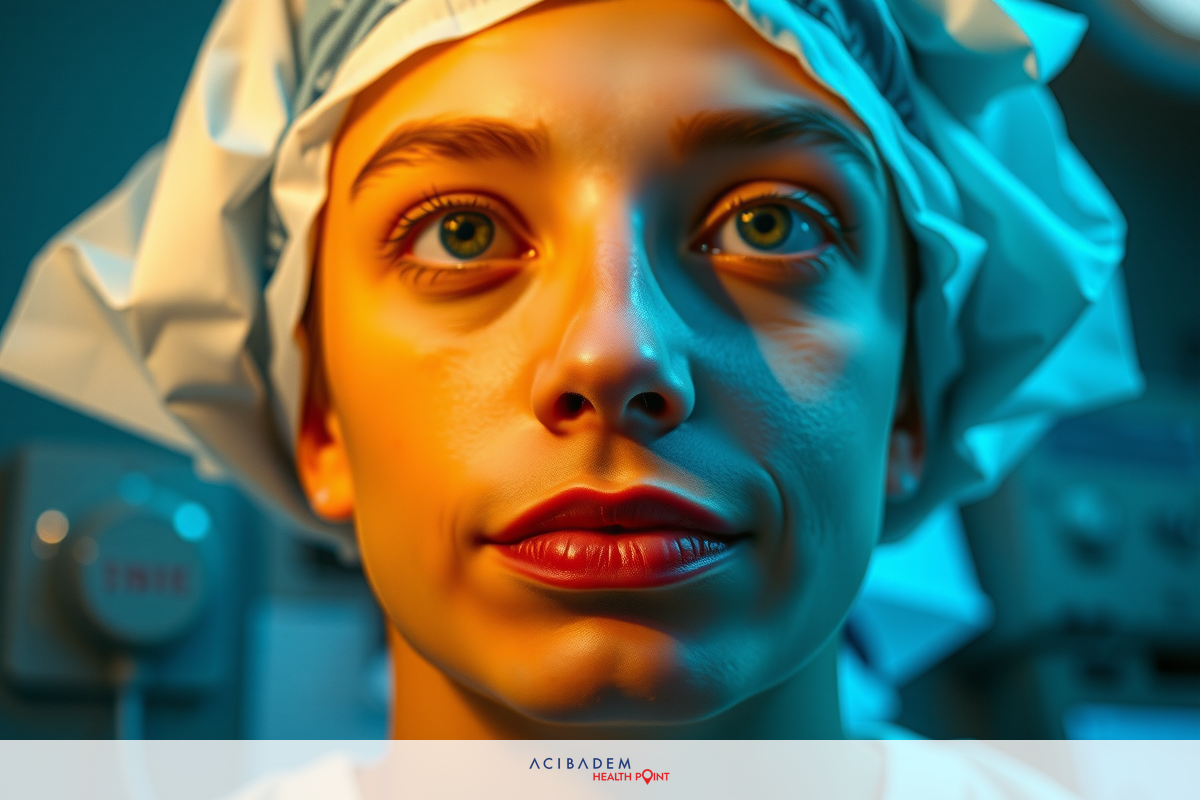Will Jaw Surgery Change My Nose?
Will Jaw Surgery Change My Nose? Jaw surgery is often a solution to several oral and maxillofacial issues. It aims at improving functions such as breathing, chewing, and speaking. However, many patients are curious about how this surgery might alter their facial aesthetics, particularly the appearance of their nose.
Understanding the potential impact on the nasal structure is vital. It’s important to remember that any changes are usually subtle and often lead to an improvement in overall facial symmetry. Discussing these aspects with your surgeon will help establish clear expectations and contribute to post-surgical satisfaction.
How Jaw Surgery Can Impact the Appearance of Your Nose
Jaw surgery, also known as orthognathic surgery, is primarily designed to correct functional problems. However, because the jaw and nose are structurally related, changes in one can influence the appearance of the other. The extent to which jaw surgery might alter the nose’s look depends on various factors including the type of jaw surgery performed, individual facial anatomy, and surgical techniques used.
The lower and upper jawbones provide support to the soft tissues of the face. When a significant repositioning of these bones occurs during jaw surgery, it can indirectly affect the shape and position of the nose. For instance, if the upper jaw or maxilla is moved forward, it could slightly push up the base of the nose, making it appear somewhat shorter or upturned. Conversely, if the maxilla is moved backward, it could cause a slight downward tilt of the nasal base.
However, it’s important to note that these changes are typically subtle and not dramatically noticeable. In many cases, they can enhance facial balance and harmony by improving proportions between facial features. For individuals concerned about potential nasal changes following jaw surgery, it’s essential to discuss this with your surgeon during pre-surgical consultations. This way, you can have a clear understanding of what to expect in terms of changes in your nasal appearance following jaw surgery.

Improvement in Nasal Symmetry and Proportions
Jaw surgery’s primary goal is to address functional issues, but its impact on facial aesthetics cannot be ignored. In many cases, jaw surgery can lead to improvements in nasal symmetry and proportions, contributing to a harmonious facial appearance. It’s crucial to understand that these improvements are usually subtle and contribute to enhancing the overall balance of facial features.
Proportional symmetry is an essential aspect of facial aesthetics. When the jaw is misaligned, it can create a perceived disproportion in the nose, making it appear larger or smaller than it actually is. By repositioning the jaw during surgery, this balance can be restored, leading to an improved perception of the nose’s size and shape in relation to other facial features. This transformation is often appreciated from a side profile view where changes in jaw position can significantly influence the perceived proportions of the nose.
Despite these potential benefits, it’s important for patients considering jaw surgery to have realistic expectations about the results. While improvements in nasal symmetry and proportions are likely, they are often subtle and may not drastically alter one’s appearance. It’s important to discuss your aesthetic goals with your surgeon before the operation. Remember, the primary focus of jaw surgery is to improve function; any cosmetic enhancements are considered an added benefit.
Frequently Asked Questions
Will jaw surgery significantly change the appearance of my nose?
No, jaw surgery typically leads to subtle changes in the appearance of the nose. The main focus of jaw surgery is to address functional issues, such as misalignment or bite problems. However, due to the structural relationship between the jaw and nose, repositioning the jaw can indirectly affect the nasal appearance. These changes are usually harmonizing and contribute to improved facial symmetry.
How long does it take for the nasal changes to become noticeable after jaw surgery?
The nasal changes following jaw surgery may take some time to become noticeable. Swelling and bruising are common after the procedure, which can temporarily affect the appearance of the nose. As the swelling subsides and the healing process progresses, you will gradually begin to see the final outcome of the surgery. This process can vary from person to person, but most individuals start appreciating the full results within a few months post-surgery.
an jaw surgery fix a deviated septum or other nasal issues?
Jaw surgery primarily focuses on correcting functional problems related to the jaws and bite alignment. It may not directly address specific nasal issues like a deviated septum or breathing difficulties. However, if these nasal issues are interconnected with your jaw misalignment, your surgeon may recommend a combined approach that involves both jaw surgery and corrective measures for your nasal condition. It's important to discuss your concerns with your surgeon during your consultation to determine the best course of action.
Are there any risks involved in changing the appearance of my nose during jaw surgery?
While jaw surgery can have positive effects on nasal appearance, there are potential risks involved. It's crucial to consult with an experienced oral and maxillofacial surgeon who can assess your individual case and discuss potential risks and complications with you. These risks may include changes in nasal symmetry or proportions that are not as desired, difficulty breathing through the nose, or other functional issues. Your surgeon will guide you through the process and help you make an informed decision based on your specific circumstances.
Will insurance cover the cost of jaw surgery to improve the appearance of my nose?
Insurance coverage for jaw surgery varies depending on the individual insurance policy and the specific criteria set by the insurance company. While some insurance plans may cover jaw surgery for functional reasons, coverage for procedures aimed at improving aesthetics may not be included. It's recommended to consult directly with your insurance company to understand their coverage criteria and determine if any aspects of the surgery may be covered under your policy.











